Humanity’s been through a lot, including fiery eruptions and frozen landscapes. It’s a wonder how we’re still here to talk about it. Throughout history, tiny population drops, climate disasters, and cosmic near-misses nearly erased our species. Yet, somehow, we dodged each bullet. Here’s a look at 15 times the human race almost didn’t make it.
The Ice Age Bottleneck
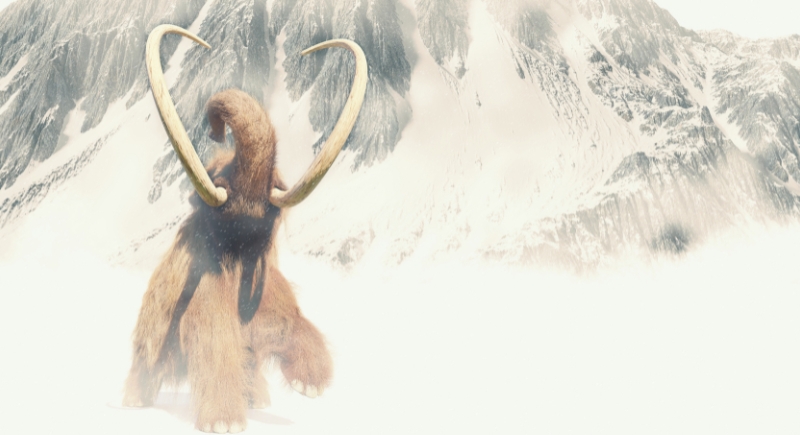
A brutal cold spell hit Africa roughly 195,000 years ago and shrank habitable land and food sources. Genetic studies suggest the human population plunged to around 600 breeding individuals, smaller than a high school graduating class. Survival depended on a few scattered groups finding coastal food sources.
The Toba Supervolcano
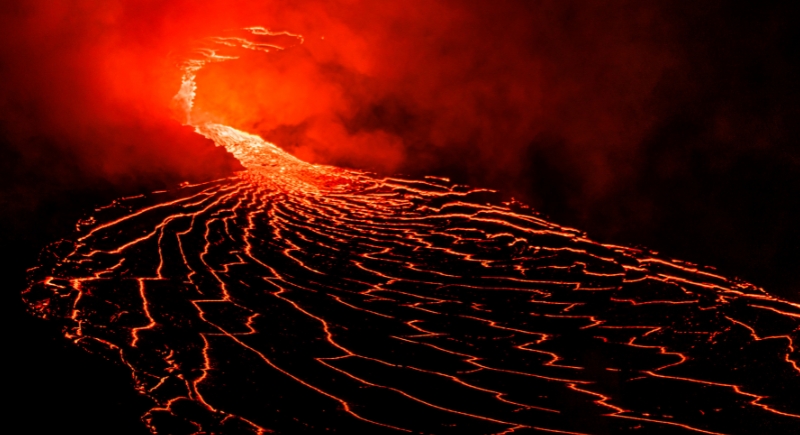
An eruption on Sumatra about 74,000 years ago sent nearly 3,000 cubic kilometers of ash into the sky while triggering a decade-long volcanic winter. Temperatures plummeted, ecosystems collapsed, and the global human population may have dropped to just a few thousand.
Middle Pleistocene Collapse
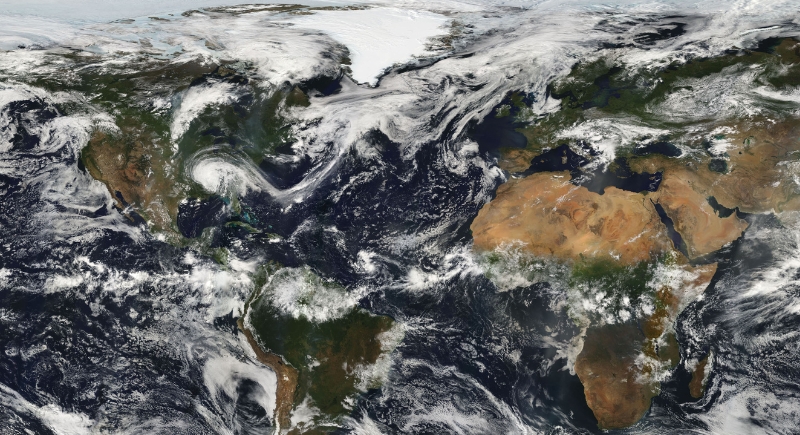
Between 800,000 and 900,000 years ago, Earth entered a long glacial phase that almost wiped us off the evolutionary map. Researchers estimate our ancestors’ numbers dropped to just 1,280 individuals. That population bottleneck lasted around 117,000 years. Fossil records nearly vanish during this period, especially in Africa and Eurasia.
Europe’s Chilling Vanishing Act
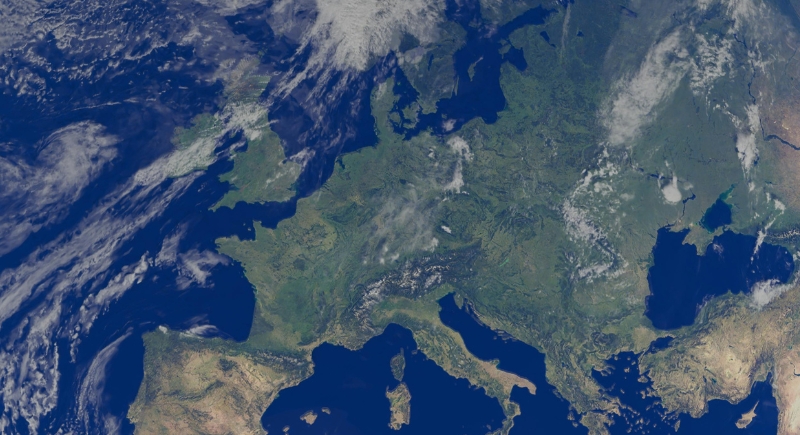
Early human species suddenly vanished from Europe about 1.1 million years ago. Scientists blame a dramatic cooling event that made the region unlivable. Sediment data shows a drop of 9°F in average temperature, and hominins simply couldn’t adapt. Europe stayed human-free for roughly 200,000 years before Homo species returned with better tools.
The Neanderthal Exit
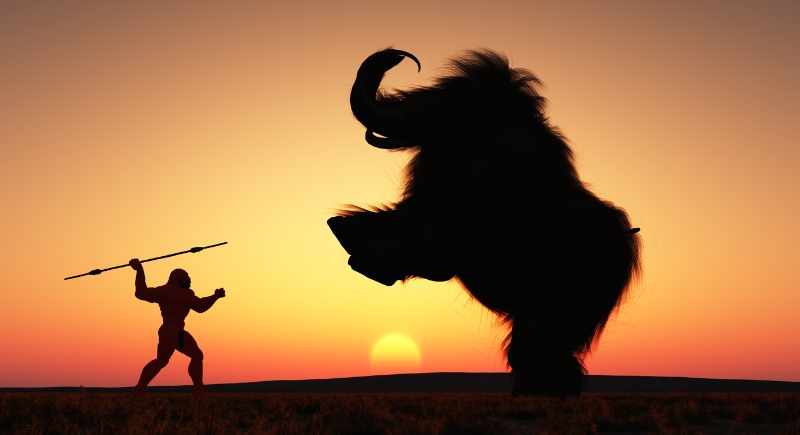
Around 40,000 years ago, Neanderthals vanished, and theories abound. One popular explanation is climate instability. As their environments changed, Neanderthals lost their “climatic niche”—the ideal combination of conditions for survival. Others blame competition with Homo sapiens, who may have had broader diets and more flexible social structures.
Comet Fragments Over Mexico
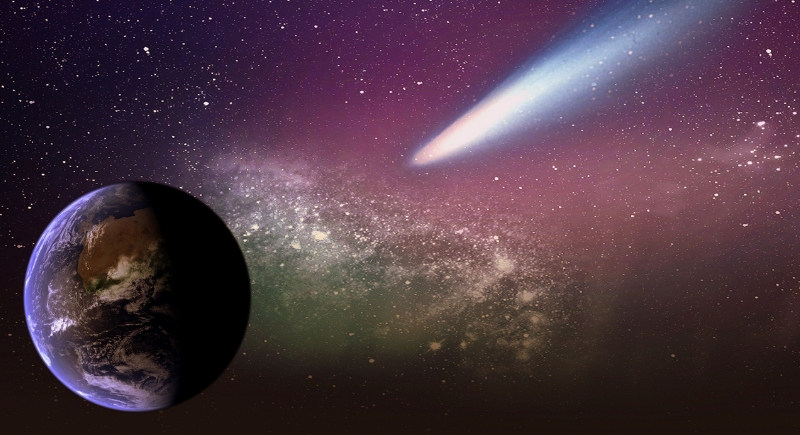
In 1883, astronomer José Bonilla spotted hundreds of misty objects crossing the Sun from his observatory in Zacatecas, Mexico. Later analysis suggested those were comet fragments, some possibly just 372 miles above Earth. If even one had hit, the damage would’ve rivaled a nuclear hit.
Homo Erectus Fades Out
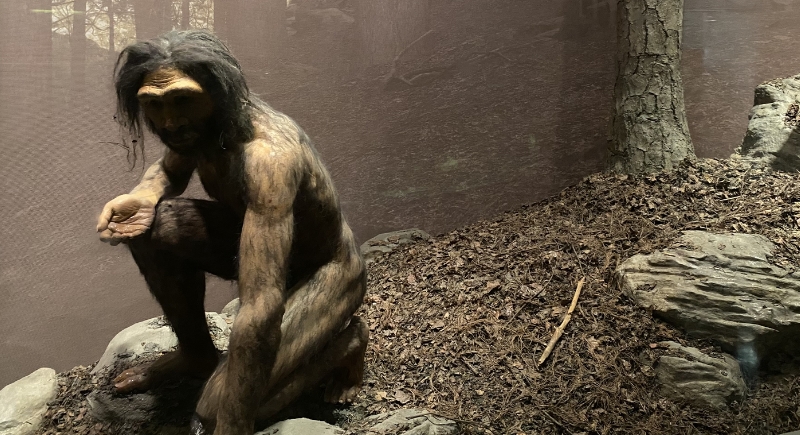
Homo erectus disappeared about 70,000 years ago. The exact cause is unclear, though changing climates and competition from emerging Homo sapiens likely played roles. Their slow disappearance coincided with human expansion from Africa and suggests that the world had room for only one type of human.
The Tunguska Event
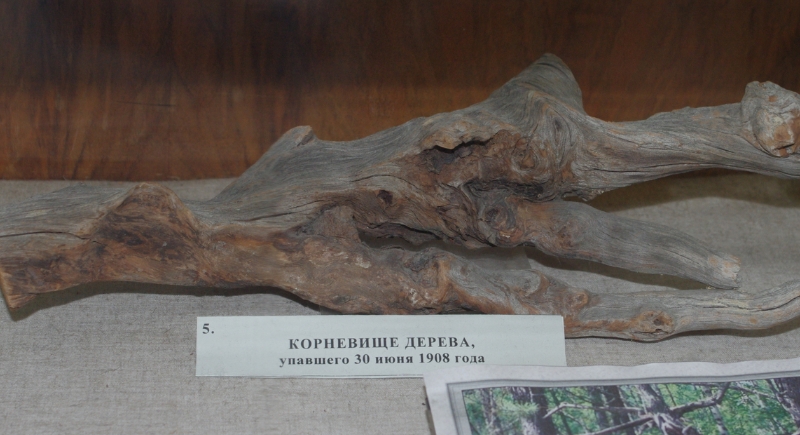
In 1908, a massive explosion flattened over 800 square miles of Siberian forest near the Tunguska River. The blast, caused by an asteroid or comet fragment exploding in the atmosphere, released energy equivalent to at least 10–15 megatons of TNT—hundreds of times stronger than the Hiroshima bomb. No impact crater was found, but the devastation was clear. If the Tunguska object had arrived just a few hours later, it would have hit over Europe, potentially causing hundreds of thousands of casualties.
The Mysterious Case Of Homo Floresiensis
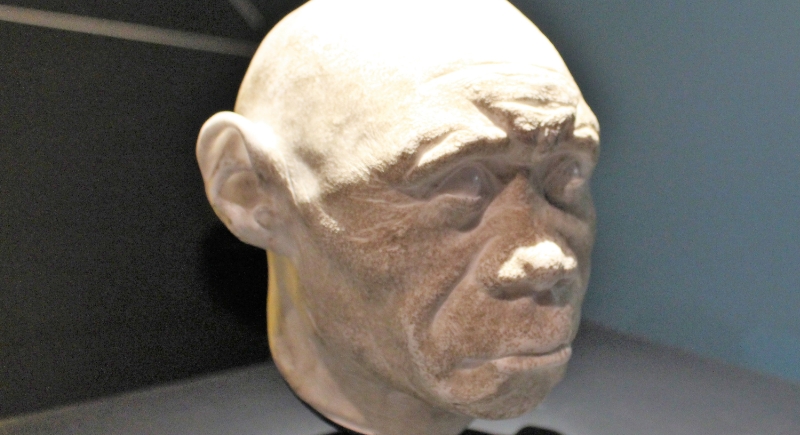
Nicknamed “hobbits” for their small stature, Homo floresiensis lived on the island of Flores in Indonesia until about 50,000 years ago. Then, they vanished for reasons unknown. Their extinction highlights just how many branches of the human family tree ended abruptly and how survival often came down to location and luck.
Humanity Vs. The Black Death

The bubonic plague tore through Europe in the 14th century and wiped out more than a third of the continent’s population. Cities were hit hardest, with victims not surviving within days after infection. Though the disease didn’t threaten total extinction, its speed and scale shook civilization to its core.
Colder Than We Could Handle
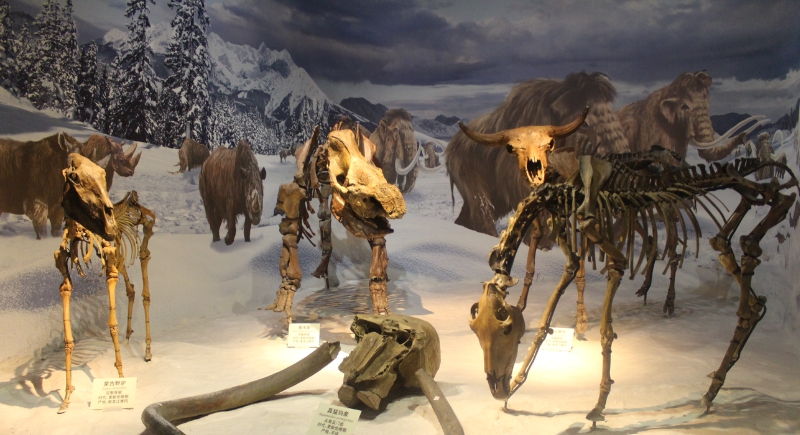
About 1.2 million years ago, another severe ice age tested human endurance. Early Homo species like ergaster and erectus saw their numbers drop to under 30,000, with breeding populations possibly below 20,000. For comparison, today’s critically endangered mountain gorillas outnumber that.
The Cold Conflict Era’s Quiet Terror
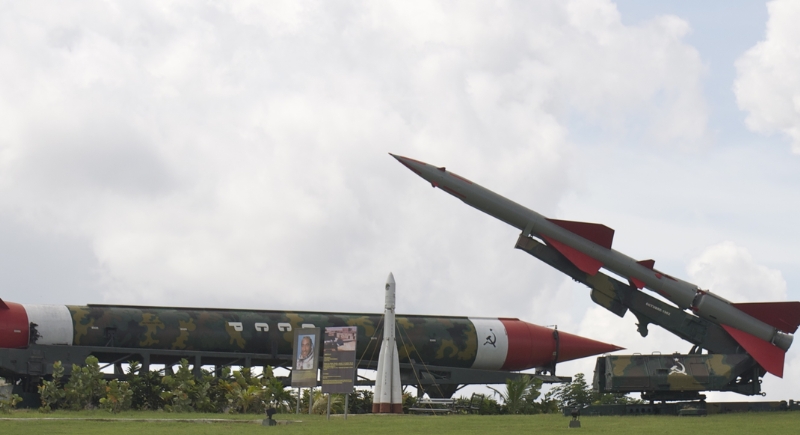
Between 1945 and 1991, the U.S. and the Soviet Union stockpiled enough objects to destroy the planet multiple times over. One wrong move during crises like the Cuban Missile Crisis could’ve sparked global conflict. Thankfully, diplomacy—and a healthy fear of mutual destruction—kept the launch codes unused.
The Doomsday Clock Ticks
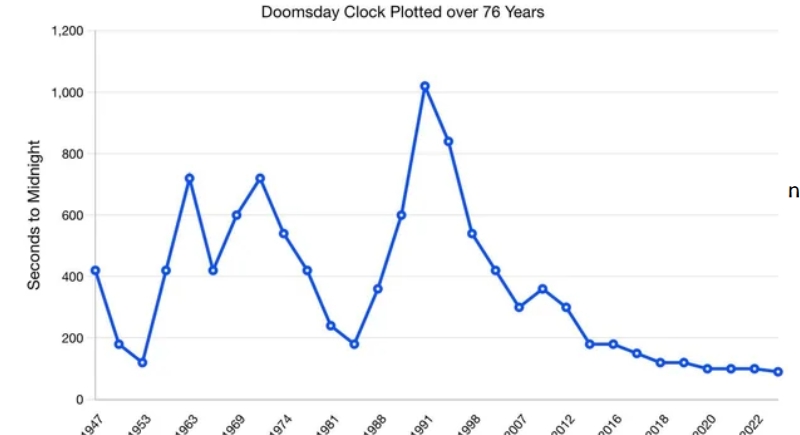
In 2023, the Doomsday Clock was set to 90 seconds before midnight—the closest it has ever been. The Bulletin of the Atomic Scientists runs the clock to show how close the world is to a global disaster. It’s not a real clock, but a symbol for dangers like nuclear war, climate change, and new risks from artificial intelligence. The closer it is to midnight, the higher the risk.
The Asteroid That Didn’t Come
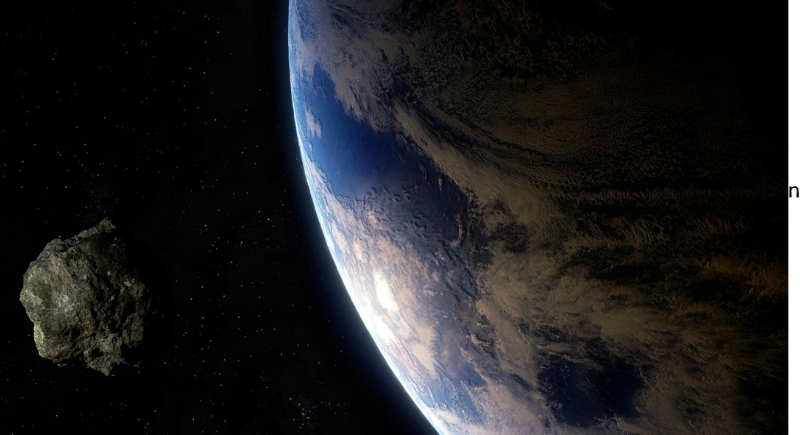
Earth’s history includes at least one extinction-level asteroid—the one that wiped out the dinosaurs. Since then, we’ve had a few close calls. In 2013, a meteor exploded over Chelyabinsk, Russia, injuring over 1,500 people. That rock was only 66 feet wide. Larger ones, still undetected, lurk in space.
A Planet-Warming Future
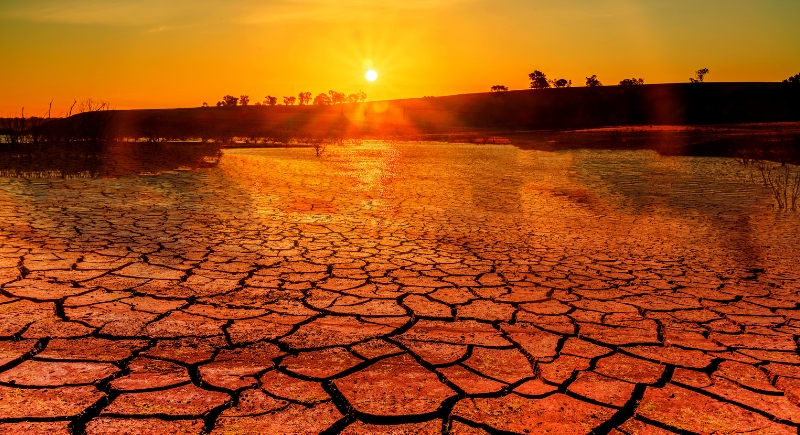
Today’s climate change is ongoing. Scientists warn that rising temperatures could displace millions, collapse ecosystems, and make large swaths of the Earth uninhabitable. Ice melt and sea level rise are already affecting coastlines. Unlike past threats, this one builds slowly, but the consequences could be just as severe if left unchecked.